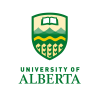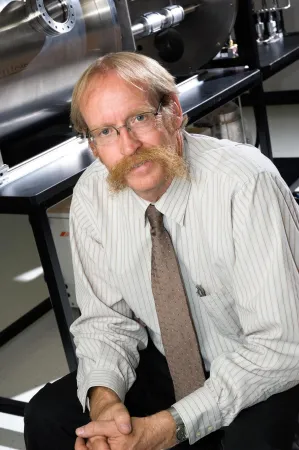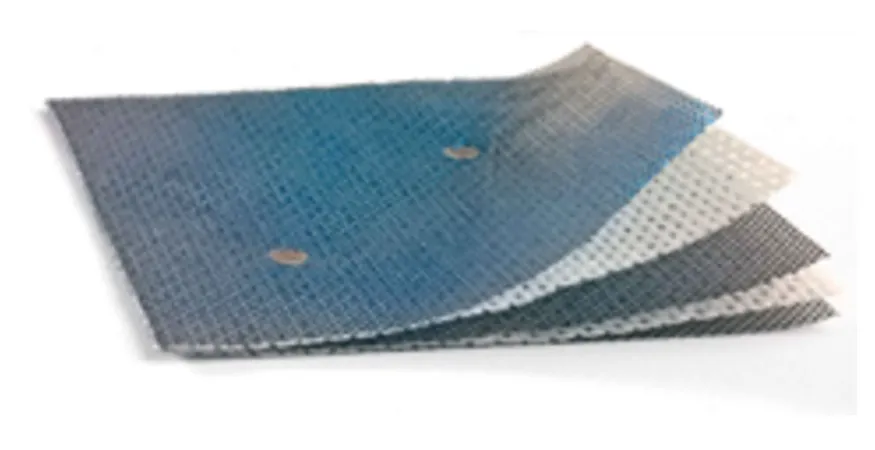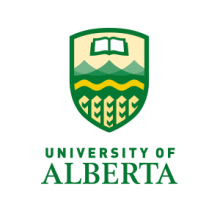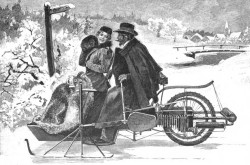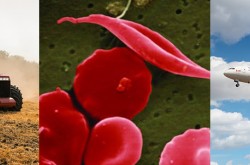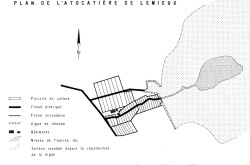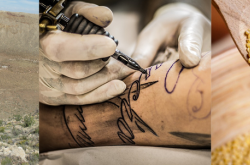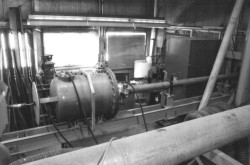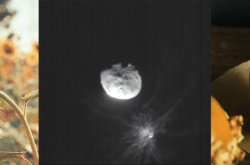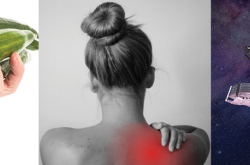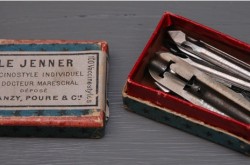Going nano to revolutionize burn and wound care
This article was originally written and submitted as part of a Canada 150 Project, the Innovation Storybook, to crowdsource stories of Canadian innovation with partners across Canada. The content has since been migrated to Ingenium’s Channel, a digital hub featuring curated content related to science, technology and innovation.
In the 1990s, Robert Burrell began the research that would revolutionize wound and burn care. While research director at Alberta’s Westaim Biomedical, Burrell saw the potential for nanotechnology in medical applications. Working with the University of Alberta, he developed a nanostructured silver bandage called Acticoat™—the world’s first therapeutic application of nanotechnology.
A silver bullet against bacterial infection
Silver has been used as an antibacterial agent since the late 1800s. In the 1970s, a one per cent silver sulfadiazine cream became the standard burn treatment. Prompted by this historical use, Burrell discovered that only in a nanocrystalline structure is silver a potent antimicrobial and anti-inflammatory agent, and that this structure enables the sustained release of silver. The result was Acticoat.
Saving lives and limbs
In addition to treating first- and second-degree burns, Acticoat treats donor and recipient graft sites, pressure ulcers, venous ulcers and diabetic ulcers. Acticoat has saved the lives and limbs of thousands of patients around the world and dramatically improved burn and chronic wound care—and even healed 10-year-old wounds.
Another benefit: conventional burn dressings need changing daily, sometimes more than once, which is very painful and traumatic for the patient. With Acticoat’s sustained silver release, bandages only need changing once every three to seven days.
Used to treat victims of the Bali nightclub bomb attack
Acticoat was instrumental in treating victims of the Bali terrorist bomb attack in 2002. Burrell happened to be in Australia, introducing Acticoat to doctors, when the attackers bombed a nightclub. Hundreds were killed or badly burned. Burrell spent the next five days in Australia’s major burn units, applying Acticoat on young people who had burns on 80 to 90 per cent of their bodies. Acticoat was also used to treat victims of the Rhode Island nightclub fire in 2003.
Today, Acticoat dressings are used in many burn units and can be found in about 50 countries. Burrell is a researcher and professor at the University of Alberta, where he holds the Canada Research Chair in Nanostructured Biomaterials.
Transcript
Outstanding Leadership in Alberta Technology award recipient


